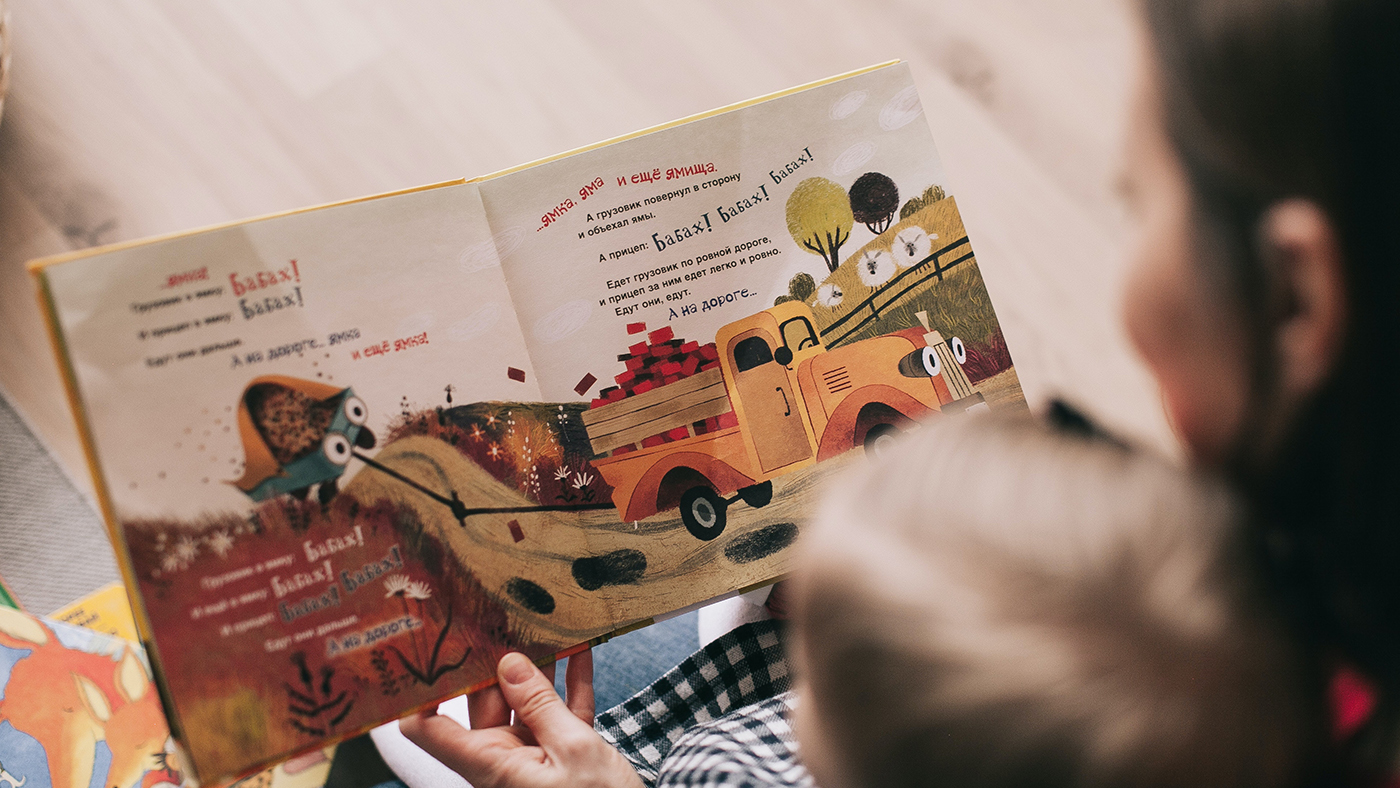Can match a picture of an object with a real object

Your child will have been using objects to represent other objects and might also have shown some awareness of the difference between toy objects and real objects. This recognition of the difference between objects is a first step towards developing an understanding of symbolic representation.
Symbolic representation and learning
Children’s use of symbols is seen as an important step towards being able to think about things that are not visible. If you have read about child development you might link the use of symbols with Piaget’s stages of development, he suggested symbols, including words, are first used in the sensori-motor stage then become more significant in the pre-operational stage when symbols support the exploration of abstract concepts. [1] There have been some criticisms of Piaget’s ideas, with theorists suggesting that in real-life situations children show a greater level of competence than in the laboratory testing that Piaget used. However, it is clear that the use of symbols is an important part of our lives whether this is understanding that a word carries a particular meaning; recognising the meaning of an icon or emoji; understanding a sign or recognising and linking meaning to letters, numbers and other symbols.
When your child matches a picture of an object with a real object, they demonstrate that they know objects can be represented as pictures. This is a step towards understanding that symbols such as numbers or letters can be used to represent quantity and meaning.
Symbolic representation and thinking
The link between understanding that symbols can be used to represent meaning and children’s learning is quite easy to make. However, it is also thought that the ability to think symbolically supports executive functioning, particularly inhibition control. It is suggested that the ability to think symbolically might support children to control their inhibitions as the symbols ‘induce psychological distance’. This means that rather than thinking about the object, which might bring with it particular associations children begin to be able to think about a symbol that represents the object. This allows them to think about the consequences of their actions and might support them to control their actions.
Some researchers found that using symbols rather than real objects can support children’s inhibitory control in tasks that require self-control. For example, in the marshmallow experiment, in which children can eat one marshmallow straight away or wait for two marshmallows. When they were told to imagine the marshmallows were fluffy clouds the children seemed more able to wait, although this seems to work less effectively if the association is repeated. [2] This research suggests that developing the ability to think symbolically might support your child’s executive function skills as symbolic thinking could provide them with strategies to develop their inhibitory control.
What next?
Your child will begin to link more abstract symbols with the things that they represent, so at first, they might link photographs and objects but then they might link a simple line drawing or an icon with a particular meaning. They will, with lots of experience, begin to link logos and signs with meaning and then will begin to notice some letters or numbers that have particular meaning for them.
References
[1] Pound, L. (2013). Quick Guides for Early Years. Cognitive Development. London:Hodder Education.
[2] Carson, S.M., Davis, A.C. & Leach, J.G. (2005) Less is More. Executive Function and Symbolic Representation in Preschool Children. Psychological Science, 16(8), 609-616.